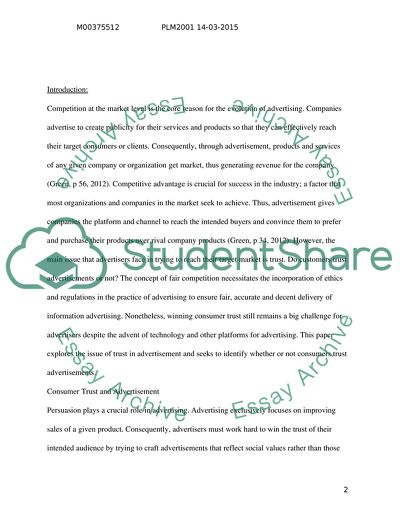Cite this document
(Advertising and Trust Research Paper Example | Topics and Well Written Essays - 2750 words, n.d.)
Advertising and Trust Research Paper Example | Topics and Well Written Essays - 2750 words. Retrieved from https://studentshare.org/marketing/1871750-advertising-and-trust
Advertising and Trust Research Paper Example | Topics and Well Written Essays - 2750 words. Retrieved from https://studentshare.org/marketing/1871750-advertising-and-trust
(Advertising and Trust Research Paper Example | Topics and Well Written Essays - 2750 Words)
Advertising and Trust Research Paper Example | Topics and Well Written Essays - 2750 Words. https://studentshare.org/marketing/1871750-advertising-and-trust.
Advertising and Trust Research Paper Example | Topics and Well Written Essays - 2750 Words. https://studentshare.org/marketing/1871750-advertising-and-trust.
“Advertising and Trust Research Paper Example | Topics and Well Written Essays - 2750 Words”, n.d. https://studentshare.org/marketing/1871750-advertising-and-trust.


